From the outside the building on Church Lane looks pretty much the same. What was the North Manchester Wellbeing Centre is now No 93. The signage has been updated but there’s still a striking mosaic on the end wall. Inside, the layout’s slightly different; the open courtyard in the middle is still my favourite bit.
There’s plenty going on and, tonight, they’re hosting a Residents Information Market organised by the City Council Neighbourhood team for Harpurhey.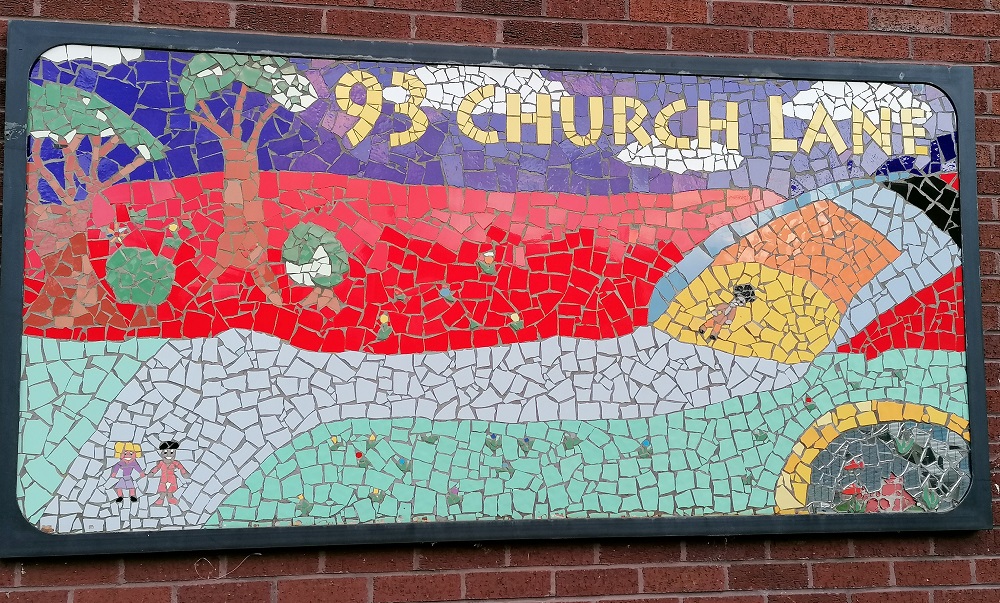 I’ve already picked up some leaflets in the corridor from the ‘We Love MCR Charity’ before spotting a familiar face in the art room/gym where the main event is set up. It’s Stephen Evans from Writing Well.
I’ve already picked up some leaflets in the corridor from the ‘We Love MCR Charity’ before spotting a familiar face in the art room/gym where the main event is set up. It’s Stephen Evans from Writing Well.
“We’re looking to fill a few more places for our next course later this month.” He tells me as I off-load my stuff. “And we’re running another one in South Manchester too.”
We had a quick catch up before I wandered off to see who else was there.
Jamie, from Citizens Advice, was promoting local drop-in sessions where residents can get access to on-line support. Manchester’s Waste Management Team was represented and there was a wealth of information about NHS mental health services.
There was also a craft initiative, based at the Fire Station on Rochdale Road, Blackley, called ‘Shed 17’. It was a new one on me and I loved the photos they had on display.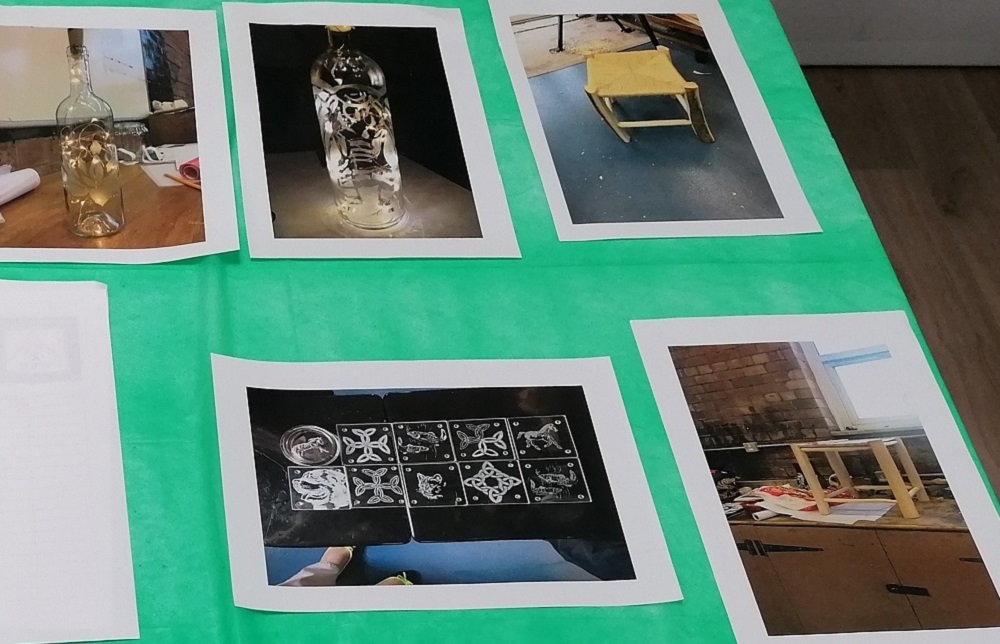 Donna explained, “Some are from a green woodworking course, others are from a glass etching session. We have a qualified tutor and they make some lovely things.”
Donna explained, “Some are from a green woodworking course, others are from a glass etching session. We have a qualified tutor and they make some lovely things.”
Next, I had a chat with Lauren Evans, Neighbourhood Health Worker, about her work in the community before working my way back to Stephen to pick up my things. He handed me one of his leaflets too.
“Look.” He said pointing out a photo. “Two of the South Manchester writers have had their books published. What about you?”
I put my coat back on. “Oh, I’ll stick to blogs thanks.”
Stephen and his colleague Veronica Hyde run the Writing Well course together at No 93. Stephen’s a published writer/lecturer in English and Veronica’s a qualified counsellor. They combine their skills to teach the process of creative writing and, at the same time, improve your emotional wellbeing.
Late last year I was struggling, couldn’t breathe properly or sleep and felt exhausted. So I decided to give ‘Writing Well’ a try.
It wasn’t a big group. We were typically shy to start with, although it didn’t stay that way for long. Stephen and Veronica kept us busy. Over the 10 sessions we had lots to learn and plenty to think about. That’s Stephen, far right, and Veronica in the middle.
That’s Stephen, far right, and Veronica in the middle.
I’m calmer now, feel more confident and enjoy writing more than I used to. If you fancy giving it a try too the next Writing Well course starts on Monday 24th February and it’s free. Full details, including how to register, are on their website below.
No 93 has plenty more on offer; the original North Manchester Wellbeing Centre (NMWBC) still run the Heartbeat Exercise class, Knit and Natter, mosaics group, yoga, Tai Chi, mixed crafts, relaxation class, sewing/dressmaking and Reiki.
You can also join a gardening club, play table tennis or take part in the pool tournament. Manchester Carers Centre has regular coffee mornings and the National Lottery Funding support even have a regular slot. To find out more just click the link to No 93 below or call in.
Or, don’t do anything at all. The café’s re-opened. If you want, just pop in, take a break and have a bite to eat, it’s not expensive.
Here are some useful links (click on one and then click the back arrow <- to return)…
Writing Well, NHS No 93, Shed 17 (on Twitter), Self Help Services, We Love MCR Charity, Citizens Advice digital help service, Manchester Recycling, Buzz Community Health
 Buildings were created by sliding the modular brick tiles, windows and doors between metal rods inserted into a base. The only down side was that our creations had to be dismantled when the table was needed for meals.
Buildings were created by sliding the modular brick tiles, windows and doors between metal rods inserted into a base. The only down side was that our creations had to be dismantled when the table was needed for meals.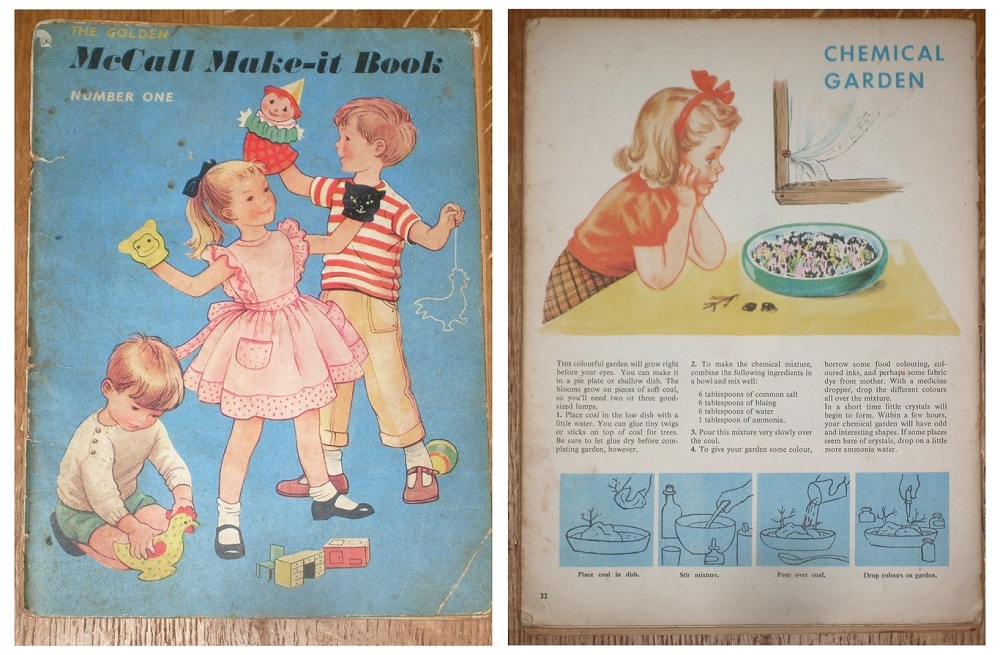 Kids used to being feral soon tired of sedentary pastimes and brought scaled-down versions of outdoor games inside. In true wartime ‘make do and mend’ style we used our family’s laundry basket, a wooden crate with sturdy rope handles which normally lived under the kitchen table. On rainy days it could be transformed into a pirate ship or stagecoach under attack from ‘red Indians’, or anything else our imagination conjured up.
Kids used to being feral soon tired of sedentary pastimes and brought scaled-down versions of outdoor games inside. In true wartime ‘make do and mend’ style we used our family’s laundry basket, a wooden crate with sturdy rope handles which normally lived under the kitchen table. On rainy days it could be transformed into a pirate ship or stagecoach under attack from ‘red Indians’, or anything else our imagination conjured up.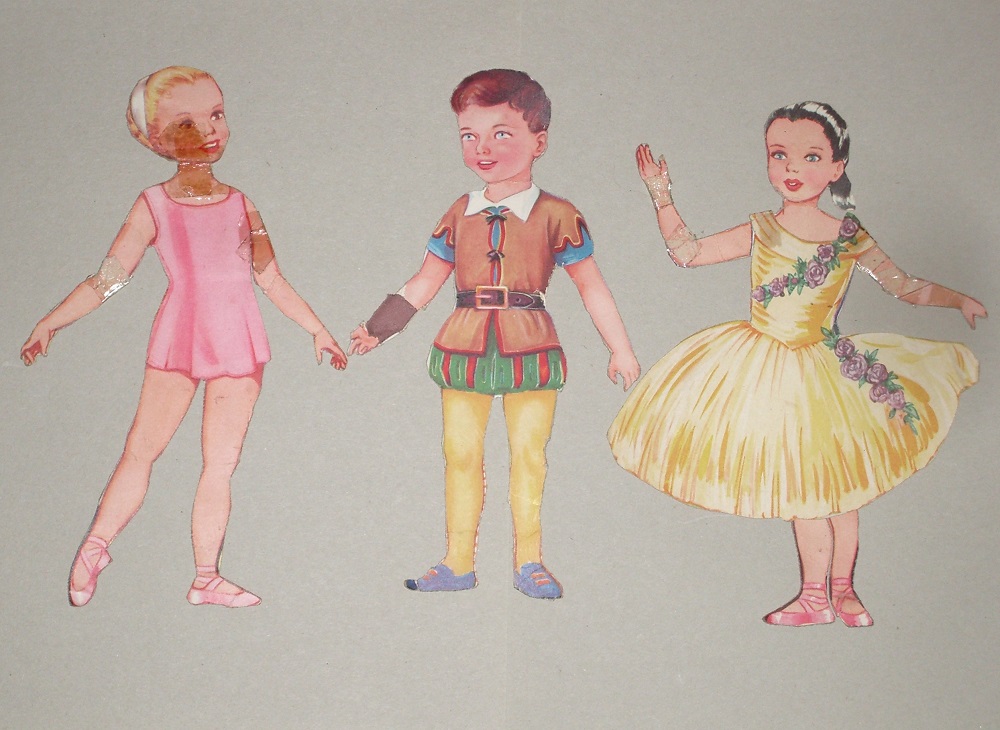 Time and patience was required for the fiddly cutting out in those pre-sellotape days, when a slip of the scissors could spell disaster. The figures came printed on thin card and the paper outfits had small tabs which folded around the doll to keep them in place. My sister and I often combined forces to act out plays with our dolls as the characters.
Time and patience was required for the fiddly cutting out in those pre-sellotape days, when a slip of the scissors could spell disaster. The figures came printed on thin card and the paper outfits had small tabs which folded around the doll to keep them in place. My sister and I often combined forces to act out plays with our dolls as the characters.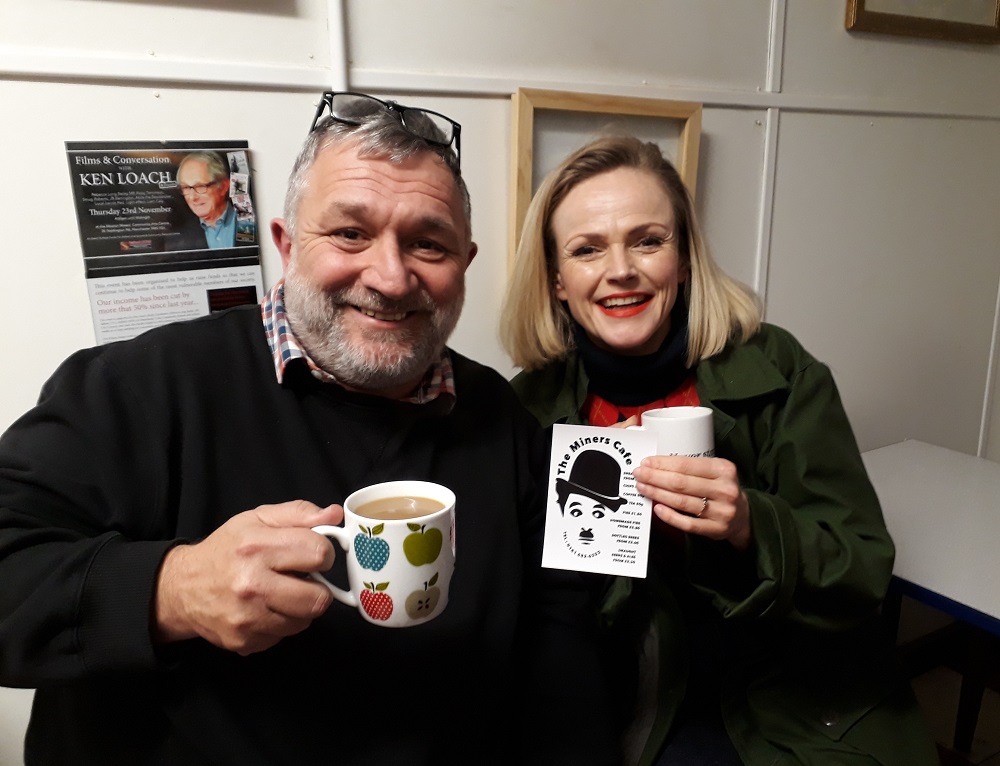 Maxine Peake: Dinnerladies (Twinkle), Early Doors, Silk, Coronation Street, Peterloo, Hamlet, Funny Cow and many more. BAFTA nominee and UK Theatre Awards Winner. Smug’s the one with the beard.
Maxine Peake: Dinnerladies (Twinkle), Early Doors, Silk, Coronation Street, Peterloo, Hamlet, Funny Cow and many more. BAFTA nominee and UK Theatre Awards Winner. Smug’s the one with the beard.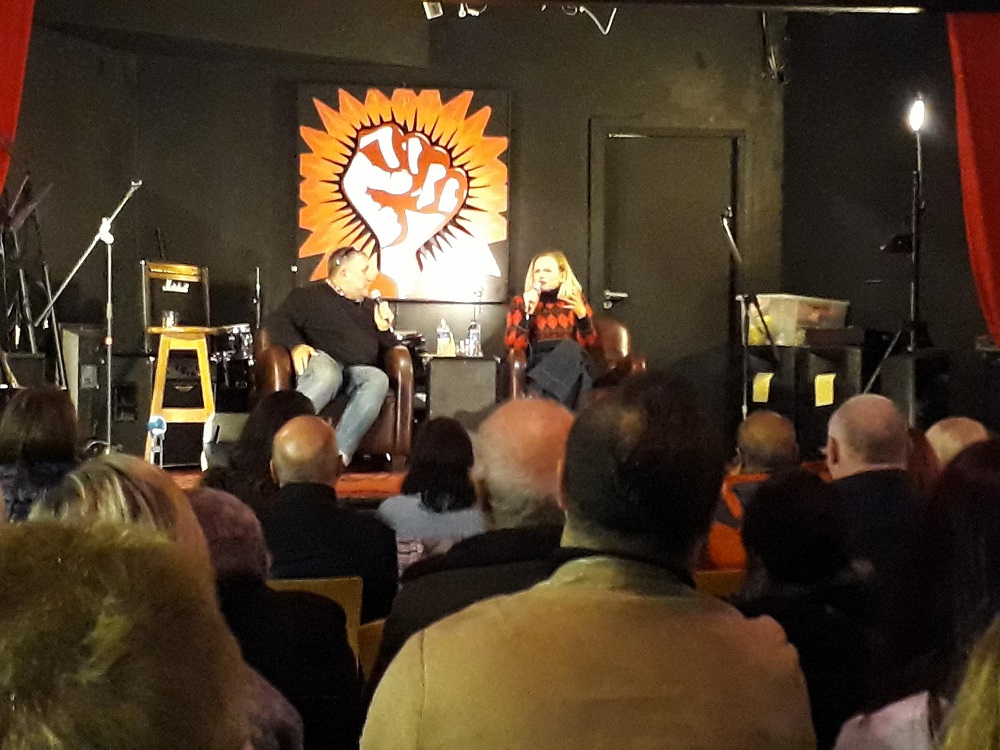 The audience were smitten with her and so was I. She was very witty, warm and open. The whole evening was a pleasure.
The audience were smitten with her and so was I. She was very witty, warm and open. The whole evening was a pleasure. The evening at the Miners Community Arts and Music Centre raised a fabulous £1,300. To find out more about Lifeshare and the work they do, click
The evening at the Miners Community Arts and Music Centre raised a fabulous £1,300. To find out more about Lifeshare and the work they do, click